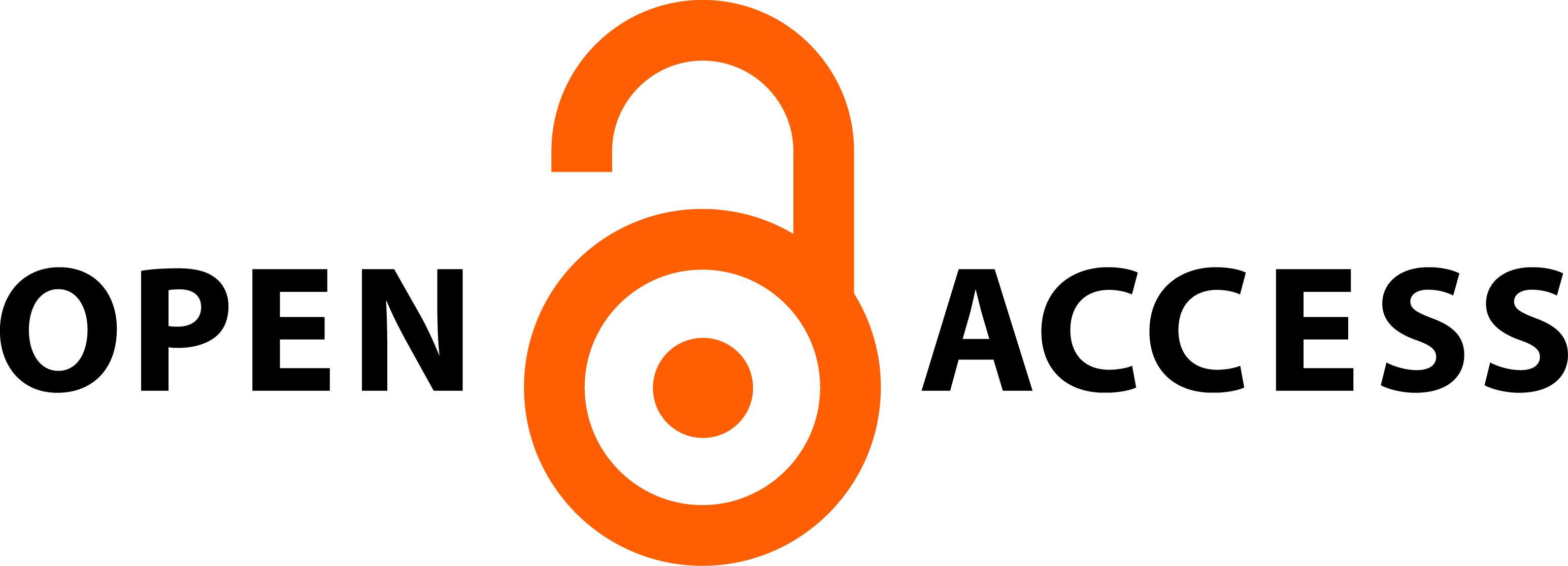HUBUNGAN ANTARA KONSEP DIRI DENGAN PERILAKU ASERTIF SISWA KELAS XI
Abstract
Keywords
Full Text:
PDFReferences
Afif, Rezha Y. Dan Listiara, Anita. (2018). Hubungan Antara Konsep Diri Dengan Asertivitas Pada Remaja Di SMA Islam Sultan Agung 1 Semarang. Semarang: Fakultas Psikologi Universitas Diponegoro
Ali Dan Asrori. (2004). Psikologi Remaja Perkembangan Peserta Didik. Jakartta: Pt. Bumi Aksara
Amalia, Dini. (2014). Hubungan Antara Konsep Diri Dengan Perilaku Asertif Pada Mahasiswa Aktivis Universitas Muhammadiyah Surakarta. Surakarta: Fakultas Pikologi Unibersitas Muhammadiyah Surakarta.
Agustini,Hendriati (2009). Psikologi Perkembangan : Pendekatan Ekologi Kaitannya Dengan Konsep Diri Dan Penyesuaian Diri Pada Remaja. Bandung : Refika Aditama
Firdaus, G. (2015). Hubungan Harga Diri Dengan Perilaku Asertif Pada Mahasiswa Fakultas Psikologi UKSW. Fakultas Psikologi Universitas Kristen Satya Wacana Salatiga
Ginting, Benyamin O. Dan Masykur, Achmad Mujab. (2014). Hubungan Antara Harga Diri Dengan Asertivitas Pada Siswa Kelas XI SMA Kesatrian 2 Semarang. Fakultas Psikologi Universitas Diponegoro
Haryadi, Sigit Dan Muslikah. (2013). Perkembangan Individu. Yogyakarta: Deepublish.
Hurlock. (1980). Psikologi Perkembangan: Suatu Pendekatan Sepanjang Rentang Usia Kehidupan. Edisi Kelima. Jakarta: Erlangga
Hasanah, Ana M. A., Suharso, Dan Saraswati, S. (2015). Pengaruh Perilaku Teman Sebaya Terhadap Asertivitas Siswa. Semarang: Jurnal Jurusan Bimbingan Dan Konseling Universitas Negeri Semarang.
Rohyati, Enid An Purwandi, Yusna H. (2015). Perilaku Asertif Pada Remaja. Jurnal Psikologi Fakultas Psikologi Univeritas Proklamasi 45 Yogyakarta
Star, Relon. (2010). Aku Bebas Dari Jerat Narkoba. Jakarta: Gramedia Pustaka Utama
Santrock, J. W. (2003). Remaja. Edisi Ke-11. Jakarta: Erlangga
Sofah, Rahmi. Dkk. (2017). Mengembangkan Perilaku Asertif Untuk Pencegahan Penyalahgunaan Narkoba. Proceeding Seminar Dan Lokakarya Nasional Revitalisasi Laboratorium Dan Jurnal Ilmiah Dalam Implementasi Kurikulum Bimbingan Dan Konseling Berbasis KKNI
Sinaga, Yohanna Viscanesia. (2016). Hubungan Antara Perilaku Asertif Dan Perilaku Cyberbullying Di Jejaring Social Pada Remaja. Fakultas Psikologi: Universias Sanata Dharma
Sugiyono. (2005). Statistika Untuk Penelitian. Bandung: Alfabeta.
Refbacks
- There are currently no refbacks.

This work is licensed under a Creative Commons Attribution-ShareAlike 4.0 International License.
© Published by Prodi Bimbingan Konseling FTK UIN Ar-Raniry Collaboration with Asosiasi Bimbingan Konseling Indonesia (ABKIN);
All rights reserved 2020. ISSN 2460-4917 (Print); 2460-5794 (Online)
Indexed By:


















